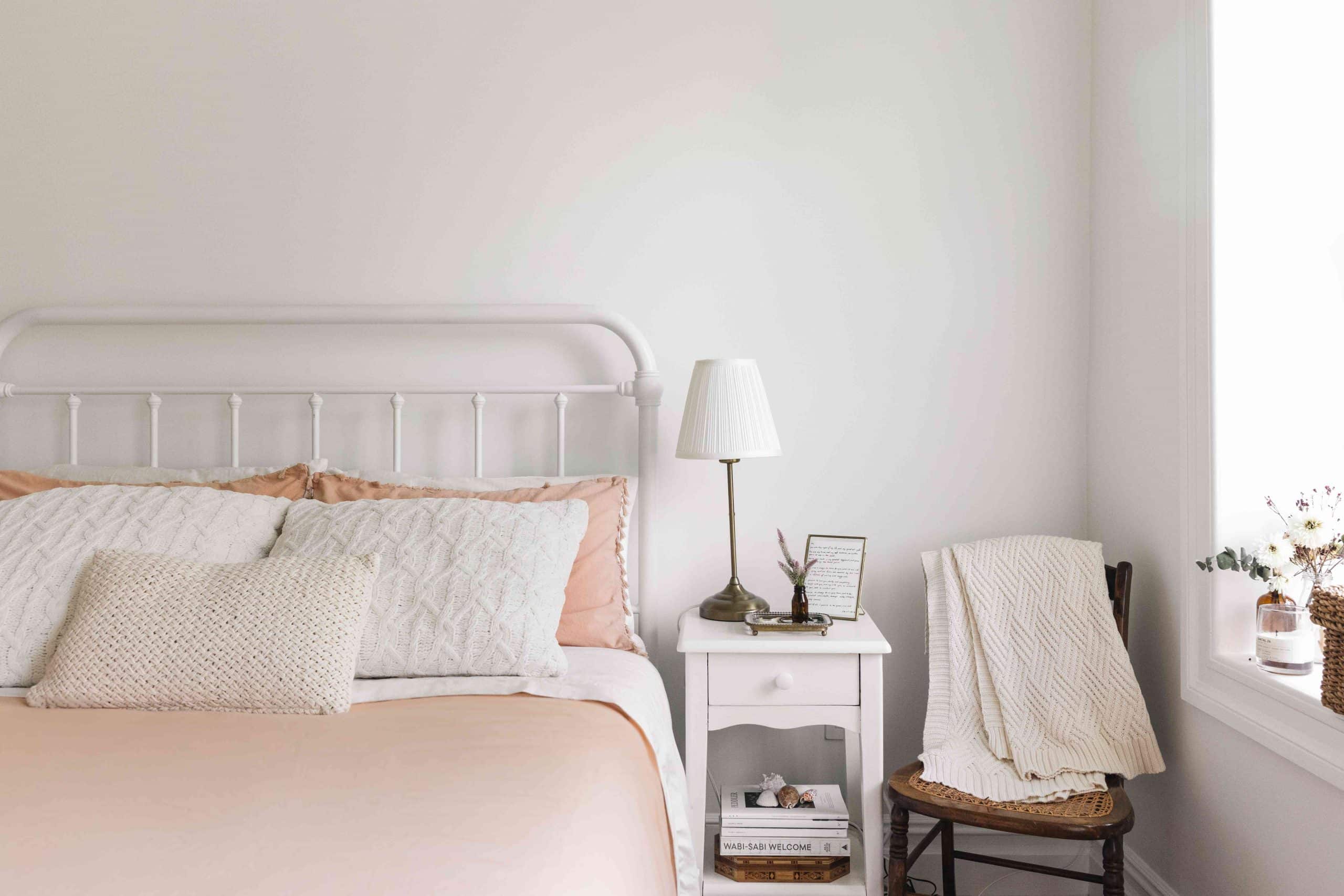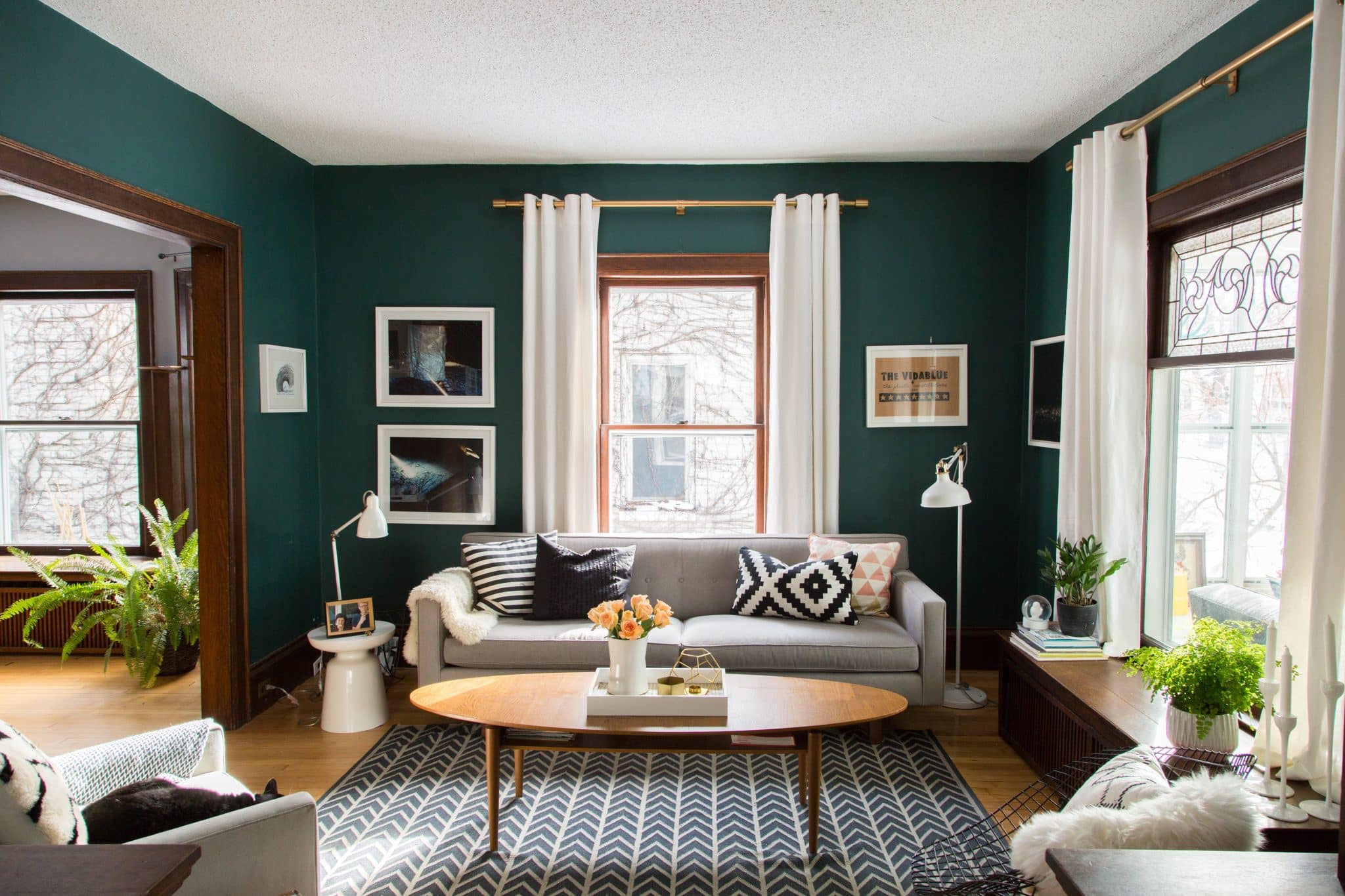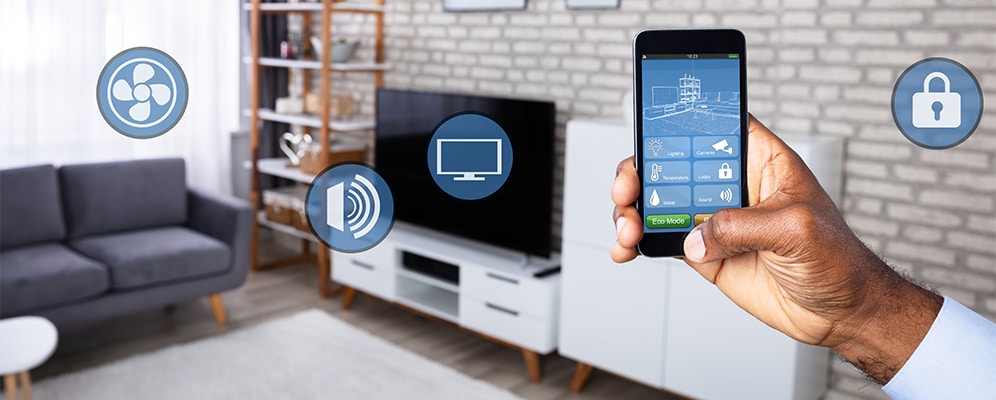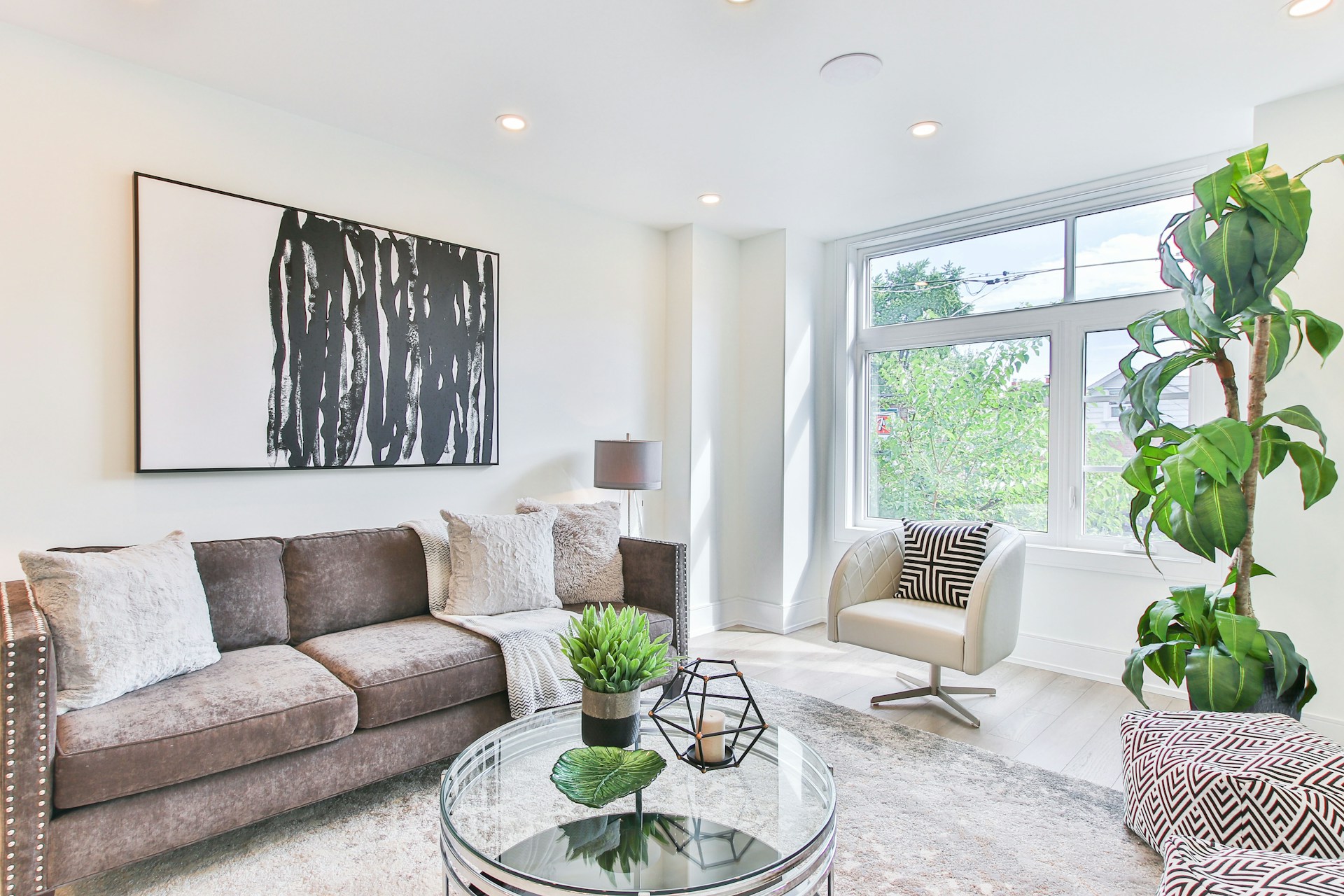Stress Relief at Home: Incorporating Face Yoga Into Your Relaxation Routine
Recently, I stumbled upon a research report by the American Psychological Association that caught my attention.
As per the report, on a scale of 1 to 10 (with 1 being “low to no stress” and 10 being a “great deal of stress”), US residents are experiencing stress levels of 5 out of 10.
And here is the real kicker — a whopping 24% of the respondents reported stress levels of 8 to 10. That’s an upsurge from the 19% recorded before the pandemic emerged.
What does this mean? Stress levels are gradually rising, and it’s all on us to take care of our emotional and mental well-being.
One way to beat stress and remain calm? You probably guessed it right — having an effective relaxation routine.
In this article, I will help you know how you can spice up your relaxation routine using facial yoga for maximum benefits. I’ll share with you how to integrate face yoga into your routine and why you should consider the idea in the first place.
Effects of Stress On the Body
Before examining what face yoga entails and how we can incorporate it into the relaxation technique, let’s quickly explore the impact of stress on the human body.
Stress is a state of anxiety or mental tension that emanates from a difficult situation. It’s the body’s natural reaction to anything that makes it feel overwhelmed, frustrated, under pressure, or unable to cope.
In most cases, stress can manifest through physical, behavioral, and psychological symptoms. However, the physical symptoms of stress more often go unnoticed, consequently triggering a plethora of issues, especially in the long term.
“Our bodies are well equipped to handle stress in small doses, but when that stress becomes long-term or chronic, it can have serious effects on your body.”
— American Psychological Association.
The effects of stress on the body are far-reaching. In fact, they cut across all the body systems, including skeletomuscular, cardiovascular, respiratory, reproductive, gastrointestinal, nervous, endocrine, and others.
Speaking of the effect of stress on the skin, a dermatologist will tell you that chronic stress can spike the levels of cortisol (also known as “the stress hormone”) in the body. This hormone causes inflammation and breaks down collagen, the protein responsible for providing structure and support for the skin.
With collagen broken down, the body begins to exhibit premature aging signs like fine lines, wrinkles, and sagging skin. And that’s where the face yoga in your relaxation routine comes in!
What Is Face Yoga?
Face yoga is a self-care technique involving exercises targeting facial and neck muscles. The practice aims at enlarging and strengthening the facial muscles, making the face appear firmer, more toned, and younger.
The practice has been there for thousands of years, but it didn’t gain much popularity until a few decades ago.
One of the reasons for its popularity? The technique’s unique ability to revert facial aging signs, making you look years younger.
But, of course, you need a well-designed FaceYoga Program in your relaxation routine to maximize your chances of restoring the youthful glow that stress might have stolen away from you. That means you become calm while, at the same time, restoring the version of your younger self.
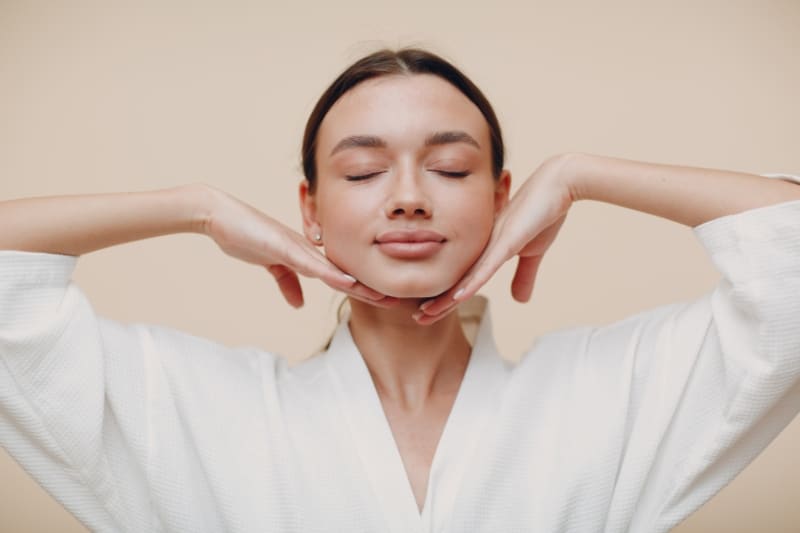
Benefits of Face Yoga
Before integrating facial exercises into your relaxation routine, you might want to know what benefits this technique will deliver to your body and mind.
Well, there are several of them, and here are some:
1. Improved Circulation
Facial exercises help promote blood flow into different face muscles and tissues. This ensures a constant supply of nutrients and helps replenish oxygen, promoting the healthy growth of the skin.
2. Relaxation of Facial Muscles
Our facial muscles, much like any other body muscle, can tense up due to stress. Incorporating facial exercises can do a world of good to these muscles by helping relieve tension and inject a sense of calmness.
3. Improved Skin Elasticity
As we’ve explored earlier, one of the impacts of stress is that it can trigger collagen breakdown, resulting in muscle tension. Incorporating facial exercise improves the sense of relaxation, stimulating the production of collagen.
4. Other Benefits
Other health benefits that come with embracing facial yoga include reducing the appearance of wrinkles, puffiness, and dark circles under the eyes; signs often associated with aging. And, of course, face yoga can also go a long way to help with jaw tension and headaches.
Face Yoga Exercises To Try
Now that you know how face yoga can add value to your self-care routine, you might also want to see where to start.

Here are some of the face yoga’s techniques to get you rolling:
1. Tension Relief
The first facial exercise will help you release muscle tension around the eyes. It’s simple: Place your index fingers on the two inner corners of your eye, each finger on its own eye. Apply gentle pressure for about 30 seconds and circle gently in one direction for 30 seconds before repeating the motion in the opposite direction for the same duration.
2. Cheek Lifter
The cheek lifter facial exercise is great if you want to tighten and tone your cheeks, giving you a firm face. To perform it, form the “O” shape with your mouth, ensuring that your upper lip covers your teeth. Then, lift your cheeks and hold them for 10 seconds before releasing them. Repeat the process 30 times every day.
3. Puckering Lips
Pucker your lips and hold them in that position for a few seconds before releasing them. Then, repeat the process 10 times.
4. Smooth Brows
This exercise is ideal if you want to eliminate smile lines and wrinkles. It’s also pretty straightforward to perform. Just place your index fingers on each side of the eyebrows and gently pull them away from each other. Repeat the process ten times.
5. Forehead Smoother
This facial yoga technique will help reduce wrinkles on the forehead. To perform it, horizontally place both hands on your forehead with the fingertips touching. Then, using your fingertips, gently apply pressure to your face. Slowly slide the two hands apart, beginning from the center of the forehead where the fingertips touch, and ensure that you retain the pressure. Repeat the procedure 5 times daily.
How to Incorporate Face Yoga into Your Relaxation Routine
We’ve known a bit about face yoga, including some exercises to get you started, let’s now see how you can successfully integrate it into your relaxation routine.
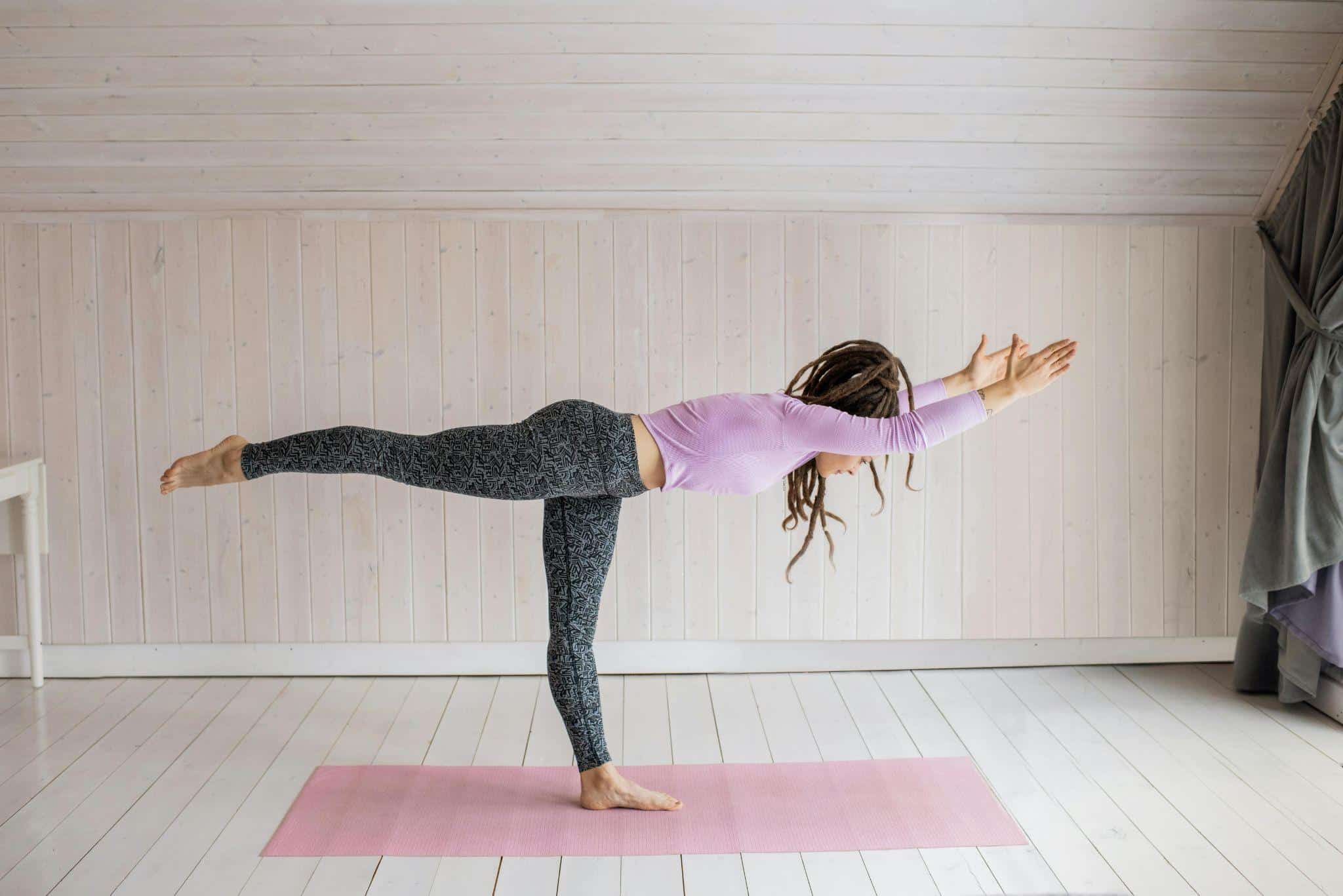
Here are some tips:
- Set aside specific time for face yoga in your routine. The good thing is that the exercise doesn’t need much time. You can aim to begin with 20 minutes a day, either in the morning, afternoon or even evening.
- Like any other exercise, ensure a comfortable and serene environment for facial yoga. For instance, your customized home gym or even bedroom can do.
- Use facial yoga to complement other relaxation techniques. For instance, you can combine it with regular yoga, meditation, or even deep breathing. This will help save you time since you don’t have to exclusively create time for face yoga.
- Remain consistent and focused on your goal. Face yoga won’t give you results in days. It might take months to realize some results. So, keep pushing even when you can’t see any visible results.
Conclusion
To sum it up, stress affects every system of our body, and having a relaxation routine is a great way to promote your general well-being. Even better, you can consider adding face yoga to your relaxation routine.
These facial exercises can do wonders for your mind and body alike. It will help reverse signs of premature aging, promote relaxation, and, more importantly, promote a sense of inner calmness and self-confidence. But then, Face yoga may not deliver instantaneous results, so it will take some diligence to realize the benefits.





